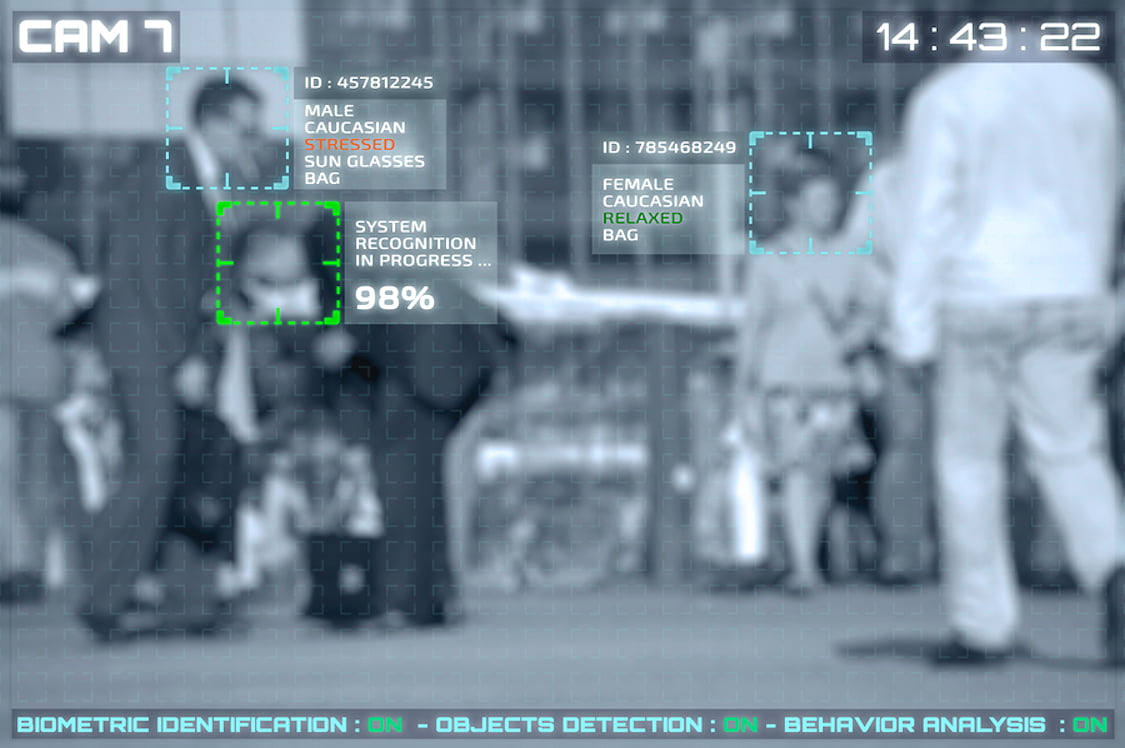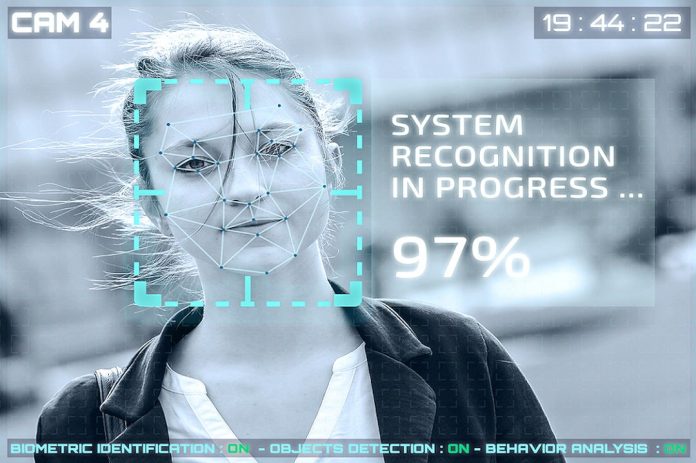It’s easy to bang on about privacy when you are not responsible for protecting the lives of thousands of people in public spaces. But for the managers of big electronic security applications protecting cities and teeming public precincts, the stakes are much higher.
FACE recognition is a technology that offers security managements and law enforcement professionals the ability to streamline searches as well as generating alerts when persons of interest are detected. A key question for security managers is whether or not the public are comfortable with the technology, and whether corporate and government organisations are considering deploying it.
According to Pelco’s Brannon Painter, private and government users are interested in face recognition.
“I think they are very interested in facial recognition,” Painter says. “It allows security professionals to focus on responding to suspicious person alerts rather than continuously monitoring screens, which can increase the risk of overlooking potentially dangerous incidents especially if there are hundreds to thousands of people in or around the premises. Further, balancing their security strategy with privacy measures is a great way to ensure ethical use.”
Are we at a point with this technology where we need to consider whether face recognition be managed in a way that leverages its power for investigations without fuelling privacy concerns? Or should industry push ahead with purely operational goals – identifying and reporting threats? Should the industry create transparent standards/protocols for itself, or is this something for legislators to manage at a wider level?
According to Pelco’s Brannon Painter, it is up to each business to navigate the balance between security and privacy in a responsible manner.
“For example, putting in place cybersecurity measures and following local regulations are ways businesses can take action to prevent attacks where sensitive information from captured faces are leaked into the public,” Painter says.
According to Florian Matusek, product group director – video analytics at Genetec, face recognition technology needs to be balanced with privacy concerns.
“Privacy is of high concern in face recognition, particularly when used for monitoring open areas for public safety,” Matusek explains. “To this end, we are working on combining our Privacy Protector with our facial recognition framework, to protect privacy in public spaces while checking against lists for persons of interest. Alerts would be raised only when persons of interest are detected, at which point the situation could be escalated and authorized operators would be able to review the unredacted footage. This lets officials balance real-time monitoring for threats with the privacy concerns of innocent by-standers.
Matusek argues the best way to use face recognition in a privacy-conscious way is to follow strict processes about who can access which data.
“There should be standards and protocols, introduced by legislators to guarantee independent oversight,” he explains. “However, it should be done in such a way that this technology can still be leveraged to provide the security it promises and not limit it up to a point where it becomes useless. Initiatives like GDPR are revolutionary in defining standards like these. And for face recognition, our industry could take the initiative and propose standards that make sense before legislation is introduced without considering domain knowledge.”

Importantly, Matusek says private and government users are eager to learn more about face recognition technology.
“We are seeing significant interest from both private and government agencies and while many of the applications are different, some are more common,” he says.
“Typically, the private industry is looking to identify VIPs, verify that personnel are authorized to be in a given area, screen for persons of interest (e.g. ex-employees) returning on site, or correlating which individuals were repeatedly seen in multi-site fraud/theft investigations.
“Governments, including schools and public safety agencies, are looking to monitor for persons of interest on watchlists (e.g. schools looking to keep known drug dealers, parolees or sex offenders away from schools when they are mandated to, police looking for known persons of interest around major events), as well as search for suspects forensically.”
Over at Axis Communications, Sargon Yousif argues some level of government stipulation would clear the air around video analytics like face recognition.
“I think if the industry came together and created its own standards and protocols around how such technologies are used, they would still be seen as only of benefit to the industry,” Yousif says. “This is where the government needs to step in and decide what they can and can’t be used for and outlines clear guidelines. Our surveillance laws are outdated, especially around privacy and audio. For example, audio recording is prohibited in some states, yet people can record on their phone freely what they like in public areas.
According to Yousif, there’s plenty of interest in video analytics, including face recognition.
“Corporate and government users have an interest in face recognition software, obviously for different reasons,” he explains. “There seems to be growing demand to also identify VIPs in private use, where in years gone by it was to identify people of interest based on criminal activity.”
“
Milestone’s Mike Mecalfe says his company’s experience is the same – there’s plenty of interest. And he agrees with Yousif that some clarity from government would help.
“Facial recognition is always asked about and legislators should obviously manage the issues around privacy, no doubt,” he explains. “However, as providers of the technology we also have an obligation to handle data in a responsible manner and with respect to the existing legislation.”
Interestingly, Metcalfe says much of the interest he sees around face recognition is not around video surveillance.
“We are seeing face recognition being used to speed up admission into buildings as part of the access control system, as well as for recording the people count in a building or area,” he explains.
“These lateral applications highlight opportunities beyond security operations. There are also many scenarios where facial recognition can be of enormous use to society. There is a world of possibility.”
#sen.news









